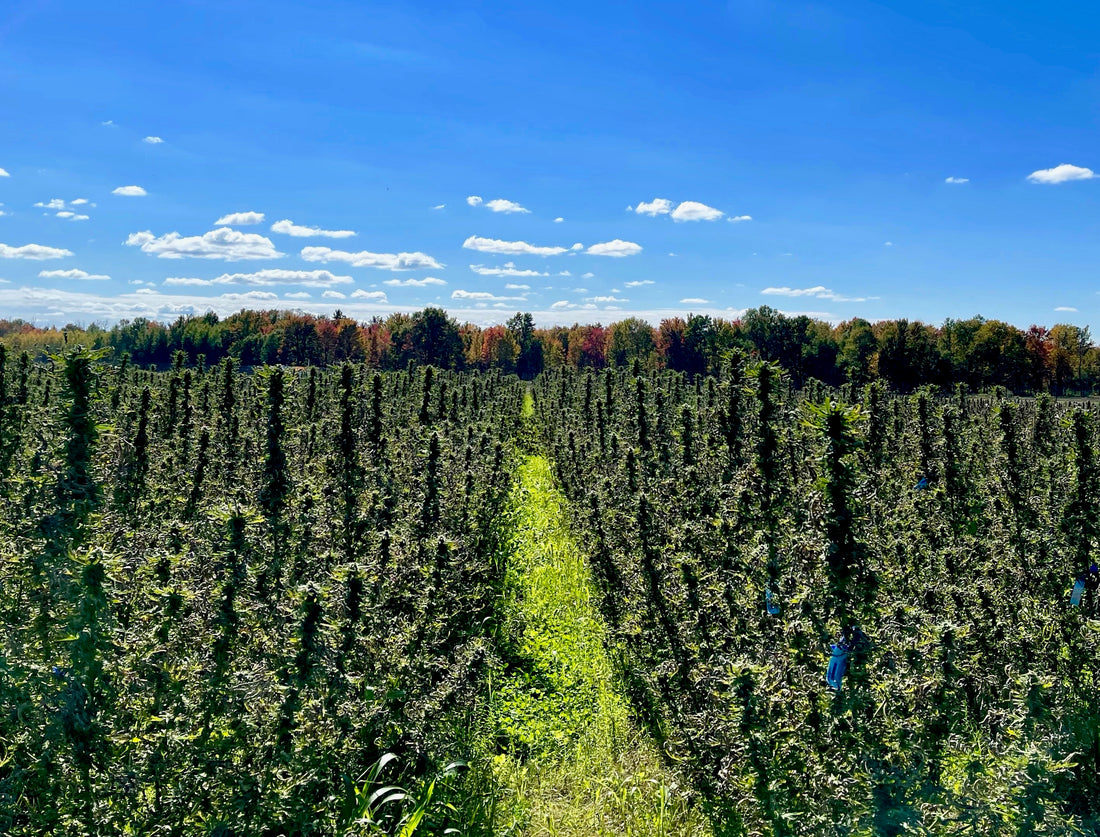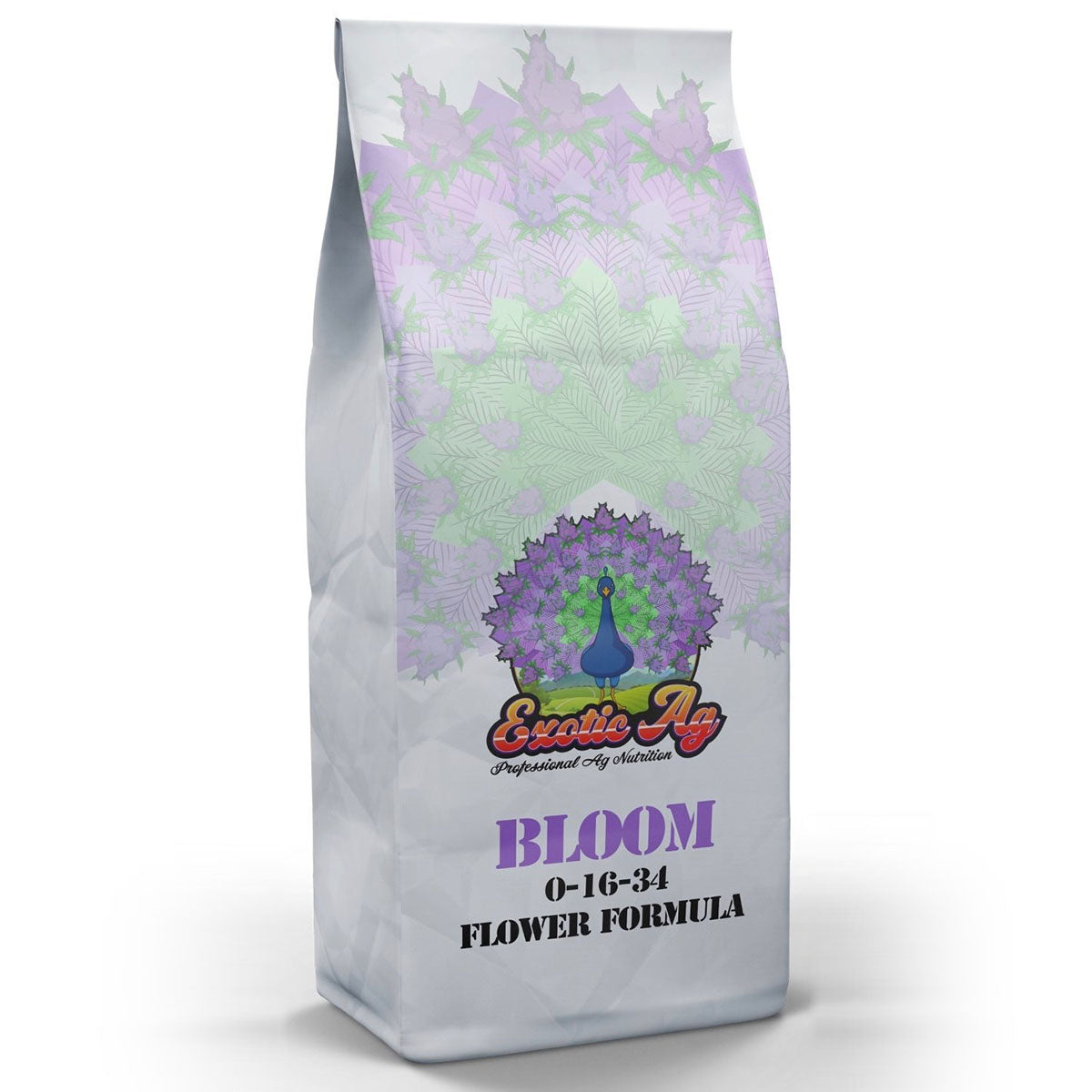Macros | Secondaries | Micros
4 min read
Knowing the effect of each macro, secondary and micro element on plant health helps to determine which formulas to use in any given situation to achieve optimal growth or to correct problems and deficiencies. All these elements perform vital functions in plant nutrition and many factors influence how available these elements are for use by the plant, including pH, solubility, and even the presence of other elements.
Macros Nutrients | Nitrogen, Phosphorous and Potassium
Nitrogen (N): Nitrogen plays many roles in plant growth, including protein, chlorophyll and nucleic acid synthesis. It promotes rapid vegetative growth and is needed to produce DNA and RNA, which contain the genetic coding of the plant. Deficiency is indicated by small leaves, short spindly growth and yellowing of leaves followed by leaf drop.
Phosphorous (P): Phosphorous plays an important role in all phases of plant growth. In the plant’s early stages, it stimulates root formation and encourages development of young plant. During the plant’s flowering phase, it helps make other nutrients available to the plant. It develops hardiness and promotes flowering and seed formation. Deficiency is indicated by reddish-purple tint to dull green leaves, short shoot growth and stunted new growth.
Potassium (K): Potassium, also referred to as Potash, promotes vigor and resistance to disease, stiffens stems and develops hardiness in plants. It helps in the formation and translocation of carbohydrates (starches and sugars) and is essential for strong root systems. Potash is also crucial throughout the bud formation and flowering process. Deficiency is indicated by margin chlorosis followed by tissue death.
Secondary Nutrients | Calcium, Magnesium and Sulfur
Calcium (Ca): Calcium is an important secondary element that aids in the rigidity of plant tissue, promotes cell elongation, provides for normal transport and retention of other elements and stimulates enzymes, which help produce new growth. Calcium deficiency is indicated by chlorosis of new growth, distorted foliage with leaf tips hooked back.
Magnesium (Mg): Magnesium is part of the chlorophyll in all green plants and essential for photosynthesis. It also helps activate many plant enzymes needed for growth and aids in the mobility and efficiency of phosphorus. Deficiencies occur on older leaves, turning yellow at the edges leaving a green arrowhead shape in the leaf’s center.
Sulfur (S): Sulfur has a role in initiating protein synthesis, is essential for nitrogen-fixing nodules on crops and necessary for the formation of chlorophyll. Plants utilize sulfur for the processes of producing proteins, amino acids, enzymes and vitamins. It also helps the plant’s resistance to disease, aids in growth and seed formation. Deficiency is indicated by uniform yellowing of all growth and the plants are small and spindly due to a retarded growth rate and delayed maturity.
Essential Micro-Nutrients | Boron (B), Copper (Cu), Iron (Fe), Manganese (Mn), Molybdenum (Mo), Silicon (Si) & Zinc (Zn)
Boron (B): Boron is the only non-metal micro-nutrient. It plays an important role in cellular functions like seed and cell wall formation. In the soil, Boron is typically in organic residues released through decomposition. Some signs of Boron deficiencies would be poor seed or fruit set, the breakdown of tip tissue and the leaves may have a scorched appearance. These issues would be the result of over application.
Copper (Cu): Copper contributes to plant’s cell strength, is a catalyst in photosynthesis, helps increase sugar content and improves flavor of fruits, vegetables and flowers. Copper will bond with molecules like humic and fulvic acids and doesn’t move with mass flow (water movement). Copper deficiencies are more common in sandy or organic soils and may cause stunted growth of new leaves.
Iron (Fe): Iron is important for electron transport in some enzymes associated with chlorophyll formation, giving the plant oxygen and its healthy green color. An iron deficiency will show as chlorosis in the plant’s younger leaves, giving them a sickly yellow appearance.
Manganese (Mn): Manganese aides in chlorophyll synthesis and increases Phosphate and calcium availability, which helps accelerate germination and maturity of the plant. Much like Iron, a Manganese deficiency will show as interveinal chlorosis, or a yellowing of younger leaves.
Molybdenum (Mo): Molybdenum is needed in very small amount, but is essential for nitrogen metabolism, ultimately processing it to make amino acids and proteins. It also plays an essential role in the use of phosphorus within plants. Without molybdenum, plants will struggle to convert that phosphorus into an organic form that they can use. Molybdenum deficiencies will show as leaf yellowing, similar to a nitrogen deficiency, which will typically start in the plant’s older leaves.
Silicon (Si): Silicon, or Silica (SiO2), is a nonessential nutrient for most plants. However, in field crops, it can increase and strengthen flower and stem size, accelerate flowering and improve resistance to stresses, including drought prevention through water loss reduction and pest and fungal attacks by activating a plant’s defense mechansms. SiO2, with its high alkalinity, can also be used in small increments as a pH up for water or nutrient solutions that have a pH below 5.5.
Zinc (Zn): Zinc helps regulate seed and stem growth, improves root growth and flower production, helps chlorophyll production and carbohydrate formation and helps plants withstand lower temperatures. Zinc deficiencies will appear as chlorosis or the yellowing or bronzing of young leaves, or necrotic spots - dead leaf tissue.



